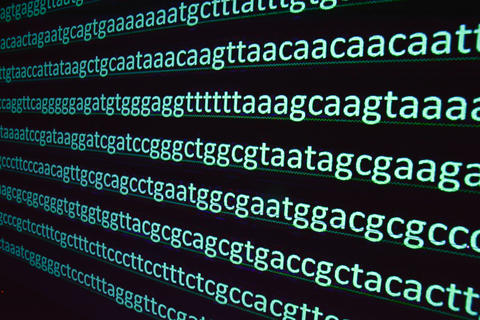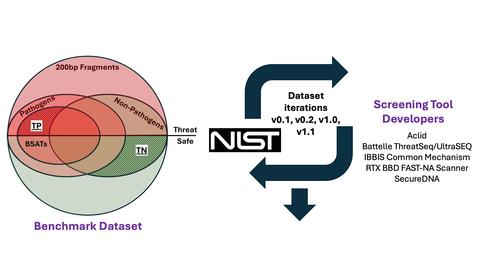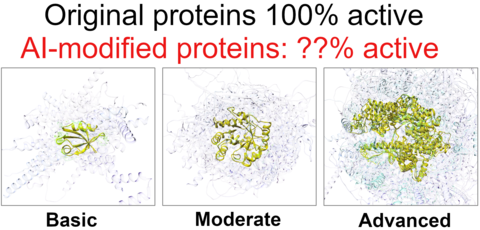Summary
Balancing the growth of the bioeconomy with the inherent risks associated with the potential misuse of artificial intelligence (AI) related to nucleic acid synthesis will require comprehensive and sustainable nucleic acid synthesis screening practices and risk mitigation strategies including standards, databases, tools, and capacities to identify, track, and defend against emerging sequences of concern (SOCs).
NIST is partnering with key stakeholders to 1) improve current screening standards and practices, and 2) mitigate emerging risks particularly through the use of AI biodesign tools. This effort is supported by NIST biometrology, engineering biology, and cybersecurity capabilities.
Description

Synthetic nucleic acid technologies are fundamental to U.S. biotechnology and biomanufacturing innovation. However, like other transformative technologies, they carry dual-use potential: while they can drive significant progress, they pose risks of unintentional or deliberate misuse to engineer harmful biological systems. With the increased convergence of biotechnology and AI, the possibility also exists that AI could be used to design entirely novel DNA sequences, undetectable by current sequence screening tools, that may increase harm.
NIST has been engaging with industry and relevant stakeholders to develop comprehensive, scalable, and verifiable synthetic nucleic acid procurement screening mechanisms for commercial synthetic DNA manufacturers. NIST is also leveraging its biotechnology program to support emerging measurement needs and challenges associated with safety and security in the synthesis of nucleic acids.
Through a grant to the Engineering Biology Research Consortium (EBRC), NIST and EBRC held six virtual and one 2-day in-person workshops aimed at developing robust tools, capabilities, and standards.
Workshop report can be found here
Selected Programs and Accomplishments
Improving Current Screening Practices
NIST has developed a benchmark dataset with known performance metrics for testing of providers’ baseline sequence screening capabilities. The dataset was tested by six screening tool developers and was deemed to be fit-for-purpose as described in this preprint manuscript.

Working with broader stakeholders, NIST completed a Draft Standard Guide for Nucleic Acid Providers that harmonizes nucleic acid sequence approaches and standardizes data to enable interoperability and integration. (See the Annex III in this recent EBRC Report.)
NIST contributed to recent ISO standards and ensured alignment of requirements for biosafety and biosecurity with current best practices.
- ISO 20688-1:2020 focuses on synthesized oligonucleotides
- ISO 20688-2:2024 focuses on synthesized gene fragments, genes and genomes
Mitigating Emerging Risks

NIST has leveraged its predictive Engineering Biology program to conduct one of the first large scale experimental validations of AI-generated protein sequences using safe proteins as SOC proxies as described in this preprint manuscript. Working with Microsoft and Twist, we designed basic, moderate, and advanced "difficulty classes" that considered protein expression, folding, and interaction. Results showed AI biodesign tools generated synthetic homologs with predicted structure similar to native templates without necessarily retaining function. This study provided results provided insights into the real-world predictive performance of AI biodesign tools.
NIST will support advances in AI biodesign tools that enable the prediction of sequence-to-function, including generating large, high-quality datasets for training and testing of AI tools. NIST will continue to develop interpretable AI tools such as LANTERN to understand the physics behind sequence-to-function modulation.
Leveraging the NIST Cybersecurity and Privacy of Genomic Data effort and the testbeds under development, NIST will test and validate secure data transfer of sequence screening. The transmission process will be documented and areas of cybersecurity requirements against the draft Genomic CSF will be highlighted. NIST is also exploring opportunities to apply Cybersecurity Supply Chain Risk Management and SP 800-63 principles to support due diligence and customer verification.

